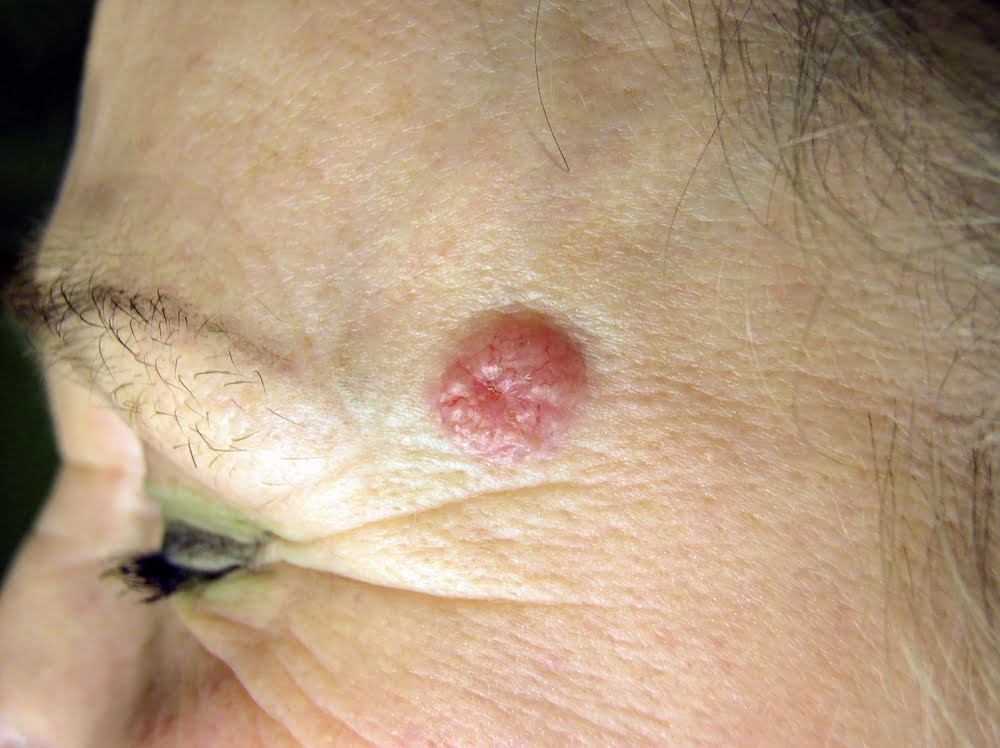What to Expect During Mohs Surgery for Basal Cell Cancer: A Patient’s Perspective

At Dermatology Group of the Carolinas, we understand that undergoing any medical procedure can be a source of anxiety and uncertainty. This is particularly true for treatments like Mohs surgery, a specialized procedure used to treat basal cell cancer. To help our patients in Concord and Charlotte, NC, feel more at ease and informed, we’ve compiled this comprehensive guide on what you can expect during Mohs surgery, from the initial decision-making to post-operative care.
What Is Basal Cell Cancer?
Basal cell cancer, also known as basal cell carcinoma (BCC), is the most common type of skin cancer. It arises from the basal cells, located in the epidermis’s lowest layer (the skin’s outermost layer). Basal cell cancer typically develops due to long-term exposure to ultraviolet (UV) radiation from the sun or artificial sources like tanning beds.
BCC usually presents as a change in the skin, such as a growth or a sore that doesn’t heal. Common appearances of basal cell carcinoma include:
- A pearly or waxy bump on the face, ears, or neck
- A flat, flesh-colored, or brown scar-like lesion, particularly on the back or chest
- A bleeding or scabbing sore that heals and then reopens
Basal cell carcinomas grow slowly and are not likely to spread to distant parts of the body (metastasize). However, if left untreated, they can expand into nearby areas and invade the bone or other tissues beneath the skin.
What Is Mohs Surgery?
Mohs surgery, also known as Mohs micrographic surgery, is a highly effective and precise treatment for certain types of skin cancer, mainly basal and squamous cell carcinoma. Developed by Dr. Frederic Mohs in the 1930s, this technique is unique because it allows for the immediate and microscopic examination of the removed cancer tissue so that all roots and extensions of the cancer can be eliminated.
During Mohs surgery, the surgeon removes the visible part of the skin cancer along with a thin layer of surrounding tissue. This tissue is then examined under a microscope right away. If cancer cells are still present at the margins of the removed tissue, the surgeon removes another layer of tissue from the area where the cancer was detected. This process is repeated until no cancer cells are visible under the microscope.
What Are the Benefits of Mohs Surgery?
Tissue-Sparing Technique
This method is designed to remove as little healthy tissue as possible. It’s particularly beneficial for skin cancers on visible areas, as it minimizes scarring and preserves cosmetic appearance.
Immediate Results
The immediate examination of tissue allows instant determination of whether all cancer cells have been removed. This real-time analysis reduces the need for additional treatments or surgeries.
Outpatient Procedure
The surgery is typically done on an outpatient basis, meaning patients can go home the same day. This convenience minimizes disruption to daily life.
Customized to Individual Cases
The procedure is tailored to the specific needs and circumstances of each patient. This personalization ensures the best possible outcome for each unique case of skin cancer.
What Should You Anticipate During Mohs Surgery?
During Mohs surgery, expect a procedure tailored to efficiently remove basal cell carcinoma, focusing on both cancer eradication and healthy skin preservation. The surgery begins with the surgeon targeting the cancerous lesion and an adjacent margin of tissue under local anesthesia to ensure your comfort.
As the procedure progresses, you will likely have brief intervals of waiting as each tissue sample is processed and reviewed. The meticulous nature of this surgery contributes to its high success rate and thoroughness. The length of the surgery varies depending on the extent of cancerous tissue, often lasting several hours. This is because each layer of tissue is meticulously examined, which is a time-consuming but crucial step for completely eradicating cancer cells.
Some discomfort or pain can be expected post-procedure, but it’s typically mild and manageable with prescribed or over-the-counter medication. It’s important to follow the post-operative care instructions provided by your surgeon to ensure proper healing and minimize the risk of infection.
How Can You Get Started With Mohs Surgery?
The first and most crucial step is to schedule a consultation with us. During this initial consultation, we will evaluate your specific case, including the basal cell cancer’s size, type, and location. This assessment is essential to determine if Mohs surgery is the most appropriate treatment option for you.
During the consultation, you’ll have the opportunity to discuss any concerns and ask questions about the procedure, recovery, and expected outcomes. We will provide detailed information about the surgery, including how to prepare for it and what to expect during and after the procedure. This meeting is also an opportunity for us to gather your medical history and any relevant information that could impact the surgery or recovery process. By having a thorough consultation, we can tailor the treatment plan to meet your specific needs, ensuring the best possible care and outcome.
Say Goodbye to Skin Cancer With Mohs Surgery
At Dermatology Group of the Carolinas, serving Concord and Charlotte, NC, we offer a highly effective procedure for treating basal cell cancer — Mohs surgery. This advanced technique involves removing thin layers of skin cancer tissue and examining them under a microscope until healthy, cancer-free tissue is reached. With this precise approach, Mohs surgery boasts a high cure rate and minimal scarring compared to other cancer treatments.
Don’t hesitate to contact us online or call (704) 784-5901 for a consultation with us and find out if Mohs surgery is the right cancer treatment for you.

